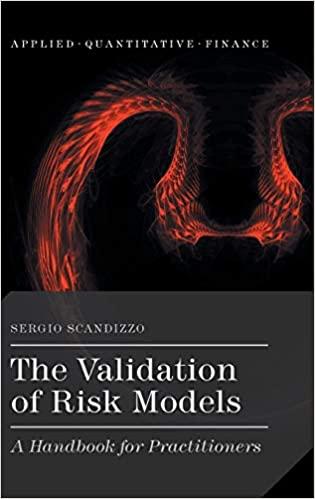Answered step by step
Verified Expert Solution
Question
1 Approved Answer
SAS Beers, Inc. Balance Sheets for Years Ending December 31, 2010, 2011, and 2012 2012 Cash Accounts Receivable Inventories Current Assets Net Fixed Assets Land



SAS Beers, Inc. Balance Sheets for Years Ending December 31, 2010, 2011, and 2012 2012 Cash Accounts Receivable Inventories Current Assets Net Fixed Assets Land Total Assets 2010 200 3230 4700 8130 6700 800 15630 2011 100 2000 3000 5100 4700 1000 10800 360 1000 1400 2760 5300 800 8860 Notes Payable Accounts Payable Accruals Total Current Liabilities Long-term Debt Common Stock Retained Earnings Total Equity Total Liabilities and Equity 1200 2230 1000 4430 4900 2900 3400 6300 15630 500 1800 900 3200 2900 2500 2200 4700 10800 100 1200 200 1500 2380 2180 2800 5300 8860 SAS Beers, Inc. Income Statements for Years Ending December 31, 2010, 2011, and 2012 Sales revenue, net Cost of Goods Sold Gross Profit Operating Expenses (including depreciation) Operating Profit (EBIT) Interest Expense Profit before taxes Taxes Net Income 2010 26571 17300 9271 3000 6271 441 5830 3094 2736 2011 16200 9720 6480 3240 3240 261 2979 1043 1936 2012 14176 9214 4962 2481 2481 167 2314 764 1550 11. What was SAS Beers' interest coverage ratio in 2012? All else equal, as a fixed income investor in this firm, would you prefer the number be higher or lower? Why? 12. What was SAS Beers' debt ratio in 2010? All else equal, as a fixed income investor in this firm, would you prefer the number be higher or lower? Why? 13. What was SAS Beers' operating profit margin in 2011? All else equal, as a fixed income investor in this firm, would you prefer the number be higher or lower? Why? 14. What was SAS Beers' average collection period (or Days Receivables") from 2010 through 2012? All else equal, as a fixed income investor, would you prefer the trend be positive or negative and why? 15. What was SAS Beers' return on equity (ROE) in 2010 and 2012? Use the DuPont Equation to breakdown ROE each year. What is the main cause(s) of this change? All else equal, as a fixed income investor, would you prefer the trend be positive or negative and why
Step by Step Solution
There are 3 Steps involved in it
Step: 1

Get Instant Access to Expert-Tailored Solutions
See step-by-step solutions with expert insights and AI powered tools for academic success
Step: 2

Step: 3

Ace Your Homework with AI
Get the answers you need in no time with our AI-driven, step-by-step assistance
Get Started


